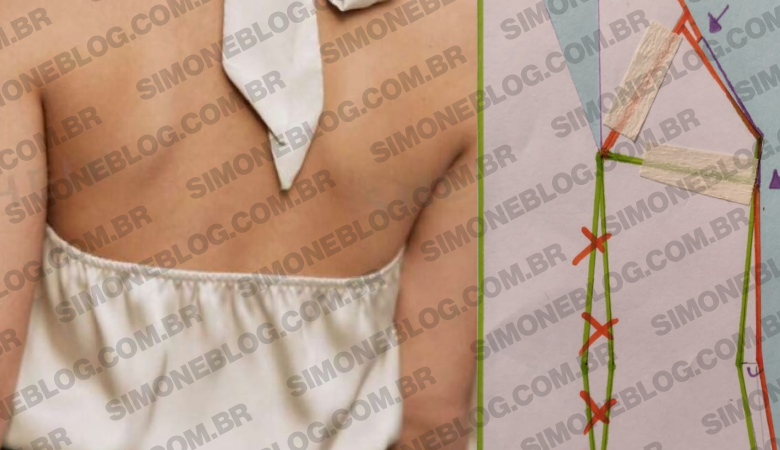Hello everyone, how are you? Today I’m sharing with you how to mark the correct seam allowance on a garment pattern. This article is perfect for beginners who are learning to add the correct allowances to their sewing projects..
What is Seam Allowance and How to Use it Correctly?
Seam allowance is the extra space around the outline of a pattern added to allow the fabric pieces to be sewn together. It’s crucial to ensure that the final garment has the correct size and fit after assembly.

Ease of Assembly: With an appropriate seam allowance, it’s easier to handle the fabric during sewing, preventing it from slipping or shifting.

Adjustments and Alterations: A generous seam allowance allows for adjustments and alterations without compromising the final size of the garment.

How to Determine Seam Allowance
Seam allowances can vary depending on the fabric type, project, and personal preference, but here are some standard measurements you can follow:
Side and Shoulder Seams: Typically, a 1.5 cm seam allowance is used for side and shoulder seams. This amount provides a sturdy finish and allows for alterations if necessary.

Curved Seams: For areas like armholes and necklines where the seams are curved, a 1 cm allowance is recommended. This makes it easier to sew curves and avoids excess bulk in the seam.

Hems: For hems, seam allowances can range from 2 cm to 4 cm, depending on the style of the garment and the fabric. Heavier fabrics may require a larger allowance for a cleaner finish.

Zippers and Openings: For areas where zippers or other openings will be inserted, a 2 cm seam allowance is generally adequate to accommodate the zipper and ensure a secure finish.

Tips for Working with Seam Allowances
- Mark Clearly: Always mark your seam allowances on the fabric using chalk or a removable fabric pen. This helps maintain accuracy while sewing.

Cut Carefully: When cutting the fabric, make sure to include the seam allowance to avoid the final garment being smaller than planned.

Sew Consistently: Keep the same seam allowance width throughout the entire garment to ensure a uniform finish.
I hope this tip helps you in your sewing journey. See you in the next post!









Deixe um comentário